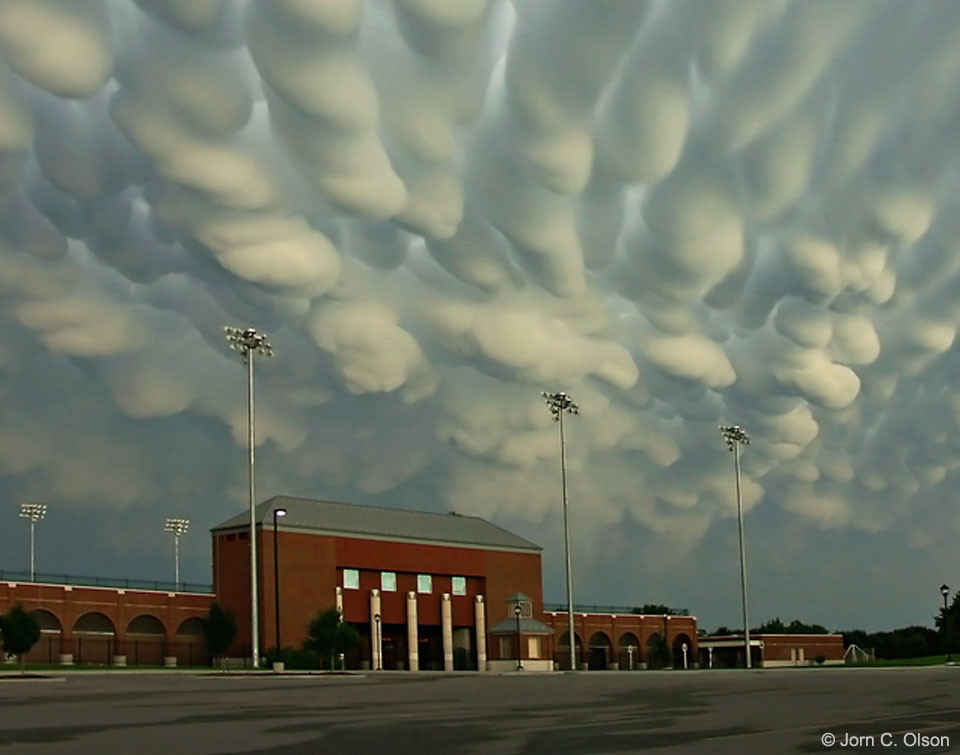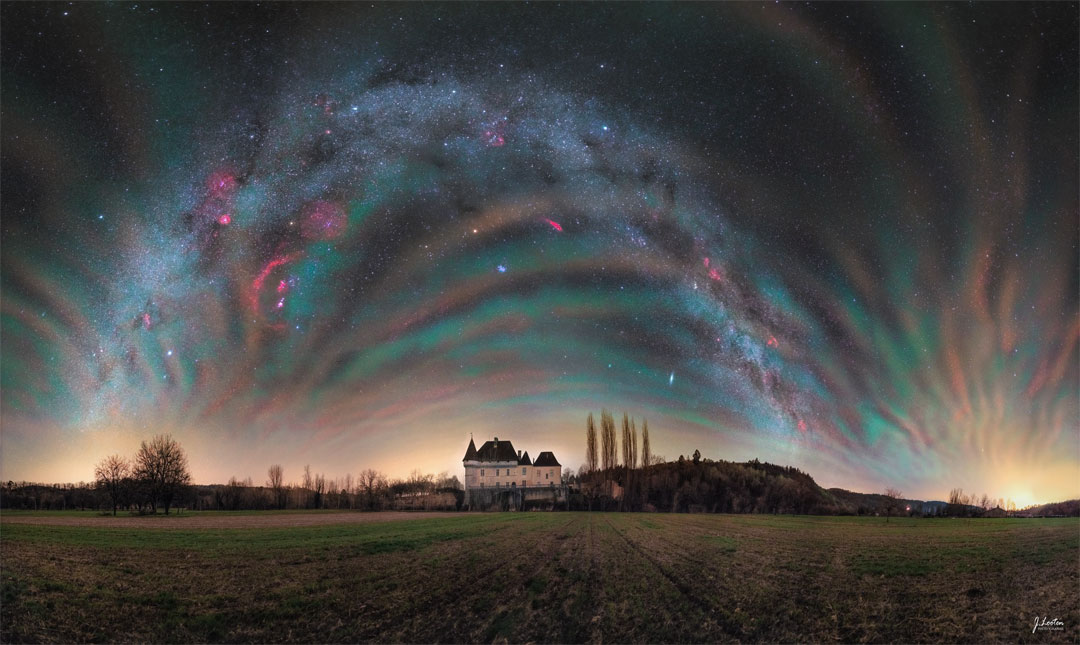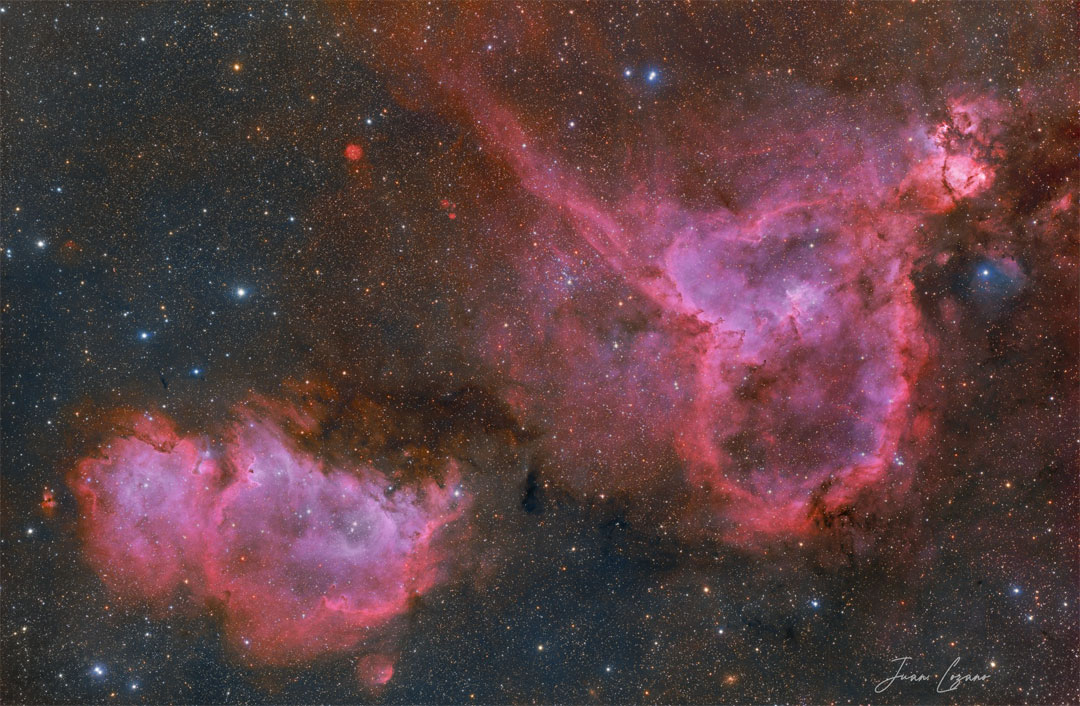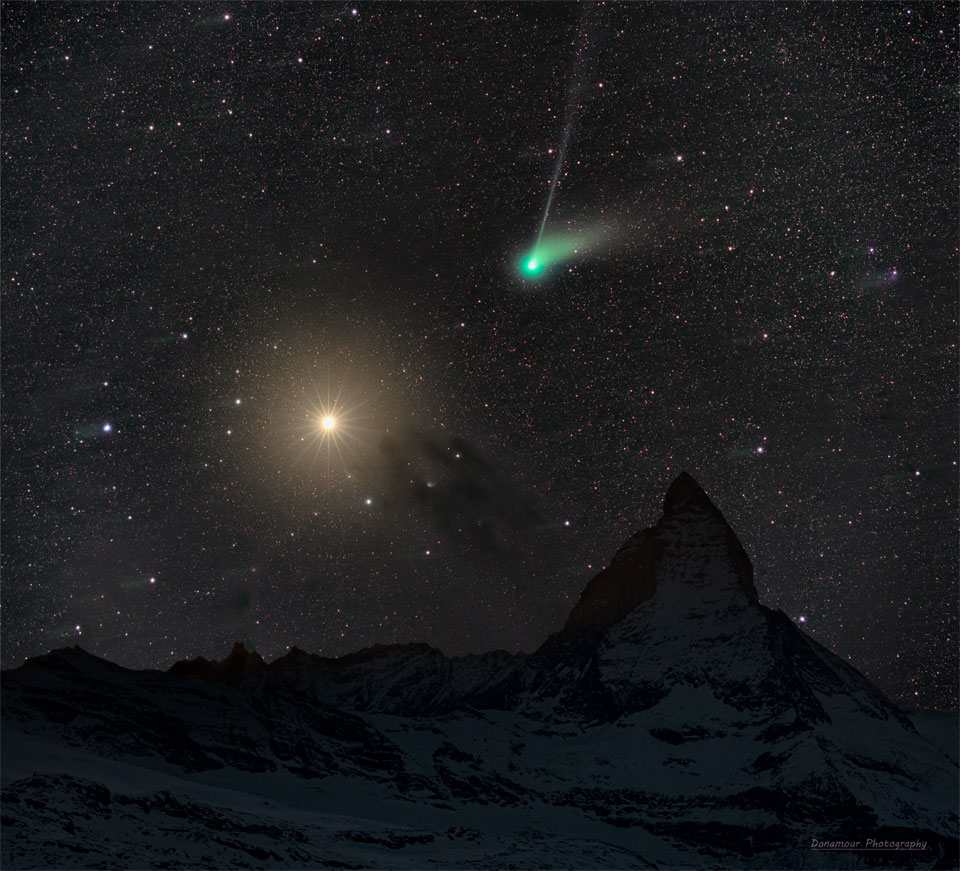Nombre total de pages vues
18/02/2023
SANTé DELICIEUSES HERBES AROMATIQUES - La ciboulette, riche en vitamine K et antioxydants
ASTRONOMY - Barred Spiral Galaxy NGC 1365 from Webb
2023 February 18
Image Credit: NASA, ESA, CSA, Janice Lee (NOIRLab) - Processing: Alyssa Pagan (STScI)
Explanation: A mere 56 million light-years distant toward the southern constellation Fornax, NGC 1365 is an enormous barred spiral galaxy about 200,000 light-years in diameter. That's twice the size of our own barred spiral Milky Way. This sharp image from the James Webb Space Telescope's Mid-Infrared Instrument (MIRI) reveals stunning details of this magnificent spiral in infrared light. Webb's field of view stretches about 60,000 light-years across NGC 1365, exploring the galaxy's core and bright newborn star clusters. The intricate network of dusty filaments and bubbles is created by young stars along spiral arms winding from the galaxy's central bar. Astronomers suspect the gravity field of NGC 1365's bar plays a crucial role in the galaxy's evolution, funneling gas and dust into a star-forming maelstrom and ultimately feeding material into the active galaxy's central, supermassive black hole.
17/02/2023
ASTRONOMY - 2023 CX1 Meteor Flash
2023 February 17
Image Credit & Copyright: Gijs de Reijke
Explanation: While scanning the skies for near earth objects Hungarian astronomer Krisztián Sárneczky first imaged the meter-sized space rock now cataloged as 2023 CX1 on 12 February 2023 at 20:18:07 UTC. That was about 7 hours before it impacted planet Earth's atmosphere. Its predicted trajectory created a rare opportunity for meteor observers and a last minute plan resulted in this spectacular image of the fireball, captured from the Netherlands as 2023 CX1 vaporized and broke up over northern France. Remarkably it was Sárneczky's second discovery of an impacting asteroid, while 2023 CX1 is only the seventh asteroid to be detected before being successfully predicted to impact Earth. It has recently become the third such object from which meteorites have been recovered. This fireball was witnessed almost 10 years to the day following the infamous Chelyabinsk Meteor flash.
16/02/2023
SANTé - DELICIEUSES HERBES AROMATIQUES - La menthe
ASTRONOMY - Mammatus Clouds over Nebraska
2023 February 12
Image Credit & Copyright: Jorn Olsen Photography
Explanation: When do cloud bottoms appear like bubbles? Normally, cloud bottoms are flat. This is because moist warm air that rises and cools will condense into water droplets at a specific temperature, which usually corresponds to a very specific height. As water droplets grow, an opaque cloud forms. Under some conditions, however, cloud pockets can develop that contain large droplets of water or ice that fall into clear air as they evaporate. Such pockets may occur in turbulent air near a thunderstorm. Resulting mammatus clouds can appear especially dramatic if sunlit from the side. The mammatus clouds pictured here were photographed over Hastings, Nebraska during 2004 June.
15/02/2023
ASTRONOMY - Airglow Sky over France
2023 February 15
Image Credit & Copyright: Julien Looten
Explanation: This unusual sky was both familiar and unfamiliar. The photographer's mission was to capture the arch of the familiar central band of our Milky Way Galaxy over a picturesque medieval manor. The surprise was that on this January evening, the foreground sky was found glowing in a beautiful but unfamiliar manner. The striped bands are called airglow and they result from air high in Earth's atmosphere being excited by the Sun's light and emitting a faint light of its own. The bands cross the entire sky -- their curved appearance is due to the extremely wide angle of the camera lens. In the foreground lies Château de Losse in southwest France. Other familiar sky delights dot the distant background including the bright white star Sirius, the orange planet Mars, the blue Pleiades star cluster, the red California Nebula, and, on the far right, the extended Andromeda Galaxy. The initial mission was also successful: across the top of the frame is the arching band of our Milky Way.
14/02/2023
SANTé - DELICIEUSES HERBES AROMATIQUES - Le fenouil
ASTRONOMY - The Heart and Soul Nebulas
2023 February 14
Image Credit & Copyright: Juan Lozano de Haro
Explanation: Is the heart and soul of our Galaxy located in Cassiopeia? Possibly not, but that is where two bright emission nebulas nicknamed Heart and Soul can be found. The Heart Nebula, officially dubbed IC 1805 and visible in the featured image on the upper right, has a shape reminiscent of a classical heart symbol. The shape is perhaps fitting for Valentine's Day. The Soul Nebula is officially designated IC 1871 and is visible on the lower left. Both nebulas shine brightly in the red light of energized hydrogen, one of three colors shown in this three-color montage. Light takes about 6,000 years to reach us from these nebulas, which together span roughly 300 light years. Studies of stars and clusters like those found in the Heart and Soul nebulas have focused on how massive stars form and how they affect their environment.
13/02/2023
ASTRONOMY - Comet ZTF and Mars
2023 February 13
Image Credit & Copyright: Donato Lioce
Explanation: No, Comet ZTF is not going to hit Mars. Nicknamed the Green Comet for its bright green coma, C/2022 E3 (ZTF) did, however, pass almost in front of the much-more distant planet a few days ago, very near in time to when the featured picture was taken. The two sky icons were here captured behind a famous Earth icon -- the Matterhorn, a mountain in the Italian Alps with a picturesque peak. Both the foreground and background images were taken on the same evening by the same camera and from the same location. The comet's white dust tail is visible to the right of the green coma, while the light blue ion tail trails towards the top of the image. Orange Mars is well in front of the numerous background stars as well as the dark nebula Barnard 22 to its lower right. Although Mars remains visible in the evening sky for the next few months, Comet ZTF has already begun to fade as it returns to the outer Solar System.
08/02/2023
ASTRONOMY - Stellar Wind-Shaped Nebula RCW 58
2023 February 8
Image Credit & Copyright: Mike Selby & Mark Hanson; Text: Natalia Lewandowska (SUNY Oswego)
Explanation: Imagine traveling to a star about 100 times as massive as our Sun, a million times more luminous, and with 30 times the surface temperature. Such stars exist, and some are known as Wolf Rayet (WR) stars, named after French astronomers Charles Wolf and Georges Rayet. The central star in this image is WR 40 which is located toward the constellation of Carina. Stars like WR 40 live fast and die young in comparison with the Sun. They quickly exhaust their core hydrogen supply, move on to fusing heavier core elements, and expand while ejecting their outer layers via high stellar winds. In this case, the central star WR 40 ejects the atmosphere at a speed of nearly 100 kilometers per second, and these outer layers have become the expanding oval-shaped nebula RCW 58.
ASTRONOMY - IC 342: Hidden Galaxy in Camelopardalis
2026 January 8 IC 342: Hidden Galaxy in Camelopardalis Image Credit & Copyright : Gaetan Maxant Explanation: Similar in size to lar...

-
2022 September 26 All the Water on Planet Earth Illustration Credit: Jack Cook, Adam Nieman, Woods Hole Oceanographic Institution ; Data ...
-
2025 May 11 The Surface of Venus from Venera 14 Image Credit: Soviet Planetary Exploration Program , Venera 14 ; Processing & Copyri...


800px.jpg)






